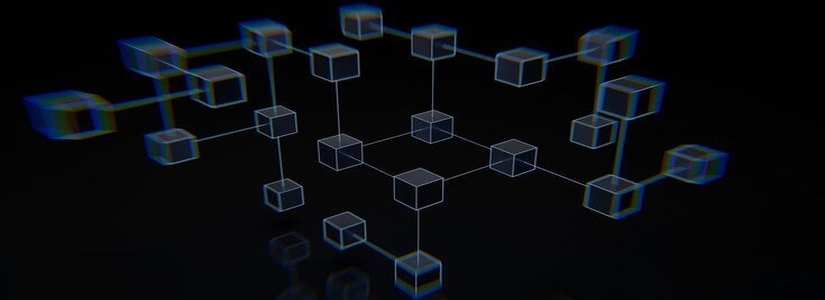Polygon Labs is gearing up to introduce a new architecture that would enable it to become the value layer of the internet. The lab stated that Polygon 2.0 would have an entirely different architecture that would make it easier to spin up new chains within the Polygon (MATIC) ecosystem. At the same time, the 2.0 upgrade has been specially designed to provide unlimited scalability as well as unified liquidity.
Considering how Polygon 2.0 would make the creation of new chains increasingly easier, it would also feature a shared bridge that would allow the improvement of interoperability between those chains, and disregard the need for wrapped tokens. A wrapped token enables a user to move assets off their native chain. However, in this case, wrapped tokens would allow users to move their assets onto both Ethereum and Tron networks.
With the 2.0 upgrade, the native Ethereum tokens would be deposited onto a single contract on the Ethereum mainnet. Whenever a user decides to use their tokens across different Polygon chains, the corresponding assets would be mapped onto the tokens deposited on the Ethereum chain. Similarly, this would disregard the need of having wrapped tokens, and would also boost the overall user experience.

Polygon 2.0 will Utilize ZK Proofs
The Co-founder of Polygon, Brendan Farmer, highlighted that the coordination layer would enable the platform to confirm cross-chain transactions in such a way that it’s both swift and secure. Similarly, it is possibly the first multi-chain design that is bound to offer unified liquidity.
Polygon further stated that it would integrate ZK-proofs in an effort to improve the entire system. When using a number of online services, personal identification information would become mandatory for easier access. Through the use of ZK proofs, parties involved must prove that they are aware of the contents of a transaction without revealing the known information directly.
It was mentioned that the main vision behind these upgrades is to fill in the void in the internet, as well as contribute to a digital economy that serves almost everyone. The internet allows anyone to create and exchange information, but with the establishment of Polygon as the Value Layer, it would become possible for literally anyone to create exchange and program value.



